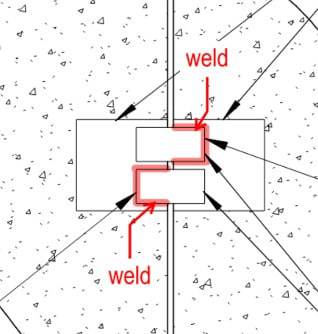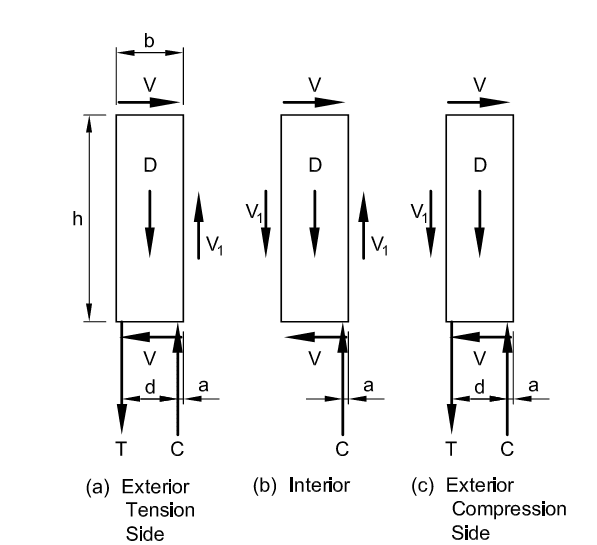rlmpellc
Structural
- Apr 1, 2019
- 8
Our tilt-up contractor has requested to eliminate panel to panel connections. Our connections are lap plates that connect to each panel separately so there is no differential out-of-plane movement, but the panels can contract and expand. It does seem that the panels will move together with wind and seismic forces so there is no load transfer across the joints.





